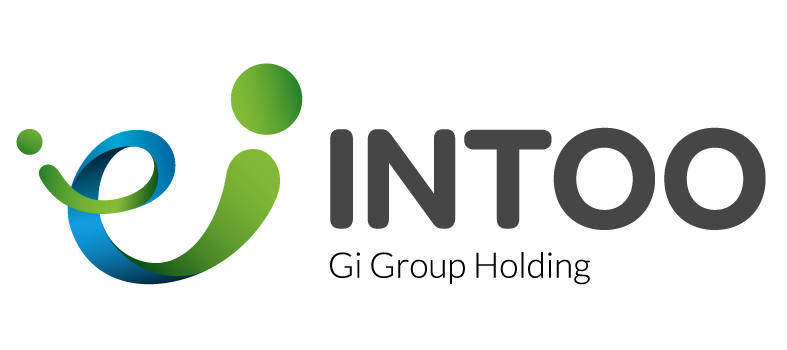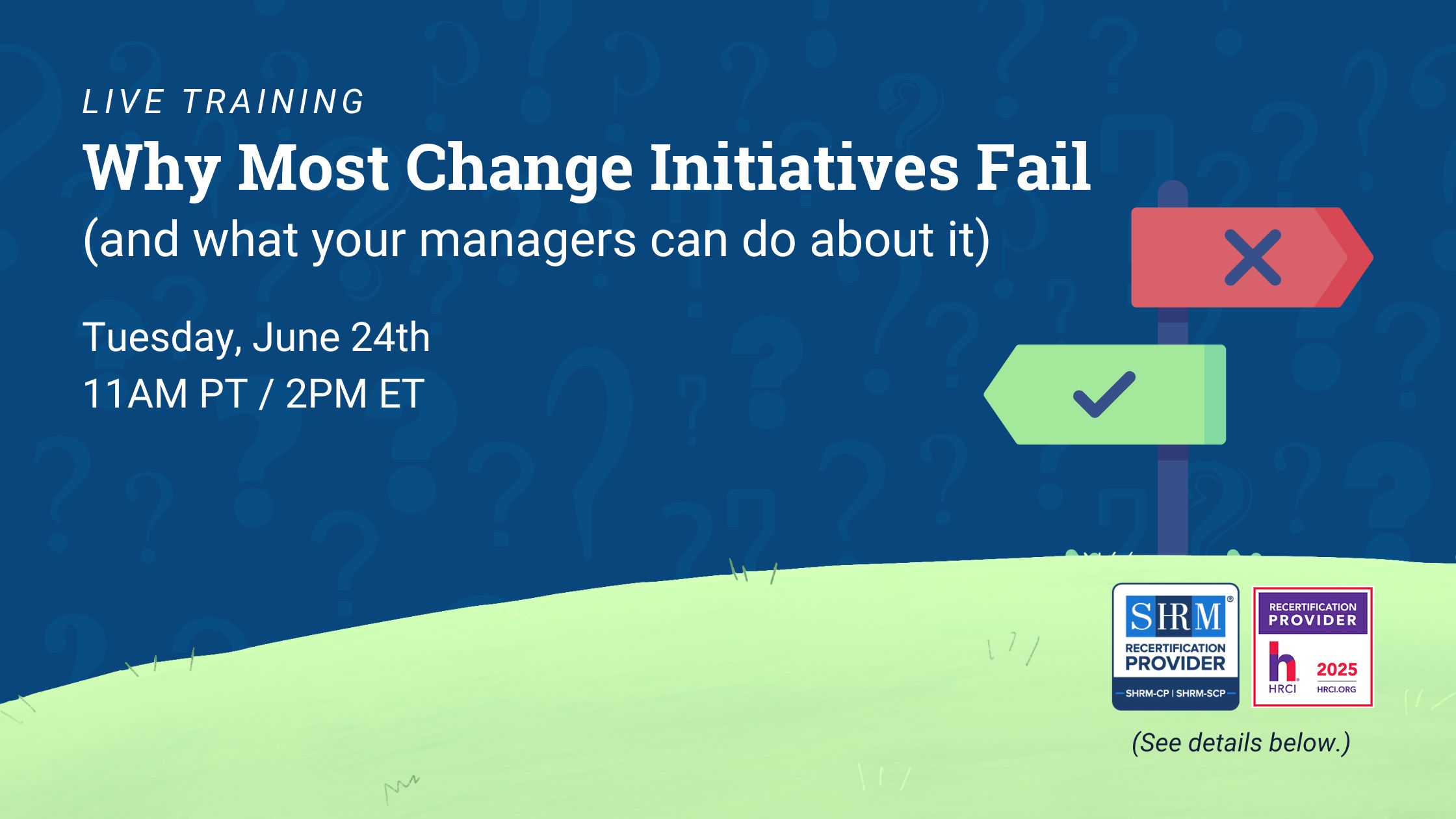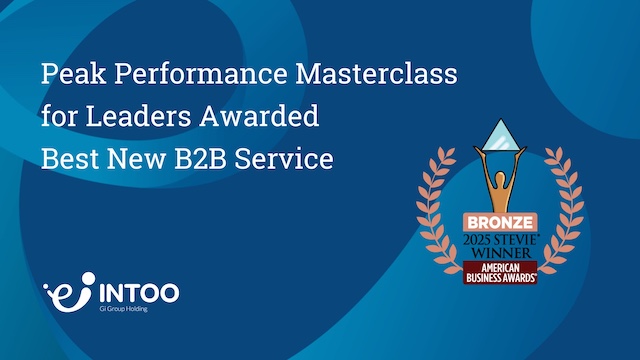Women play an integral role in the success of every workplace, and it should be a top priority to support them. Unfortunately, gender biases, glass ceilings, and the motherhood penalty often hinder women’s progress, affecting their performance and contributions. To overcome these challenges, organizations must implement resources and strategies that support women in the workplace. This article explores the significance of supporting women at work and offers ten effective strategies to achieve this goal.
Why Is It Important to Support Women in the Workplace?
Supporting women in the workplace is important for various reasons, many of which contribute to a more equitable and productive work environment. Here are some key reasons why it is essential to support women in the workplace:
1. Gender equality
Promoting gender equality is fundamental to a just and fair society. Ensuring women have the same opportunities, rights, and privileges as men in the workplace is critical to achieving gender equality.
2. Diversity and inclusion
A diverse workforce, including gender diversity, brings together people with different perspectives, experiences, and skills. This diversity can lead to greater creativity, innovation, problem-solving, and better decision-making.
3. Talent pool
Ignoring or discriminating against women in the workplace limits access to a significant portion of the talent pool. Organizations can tap into a broader range of skills and capabilities by supporting women.
4. Employee engagement and satisfaction
A workplace that supports women tends to be more inclusive and equitable. This can boost employee morale, engagement, and job satisfaction, leading to higher productivity and retention rates.
5. Legal and ethical obligations
Many countries have laws and regulations that require equal treatment of men and women in the workplace. Failing to support women can lead to legal issues, reputational damage, and financial penalties for organizations.
10 Effective Ways to Support Women in the Workplace
1. Equal pay
Ensuring equal pay for equivalent work is a cornerstone of achieving gender equality in the workplace. It signifies that individuals, regardless of gender, performing identical jobs or jobs of comparable worth should receive commensurate compensation. To uphold this principle, it is essential to conduct regular pay equity audits. These audits involve scrutinizing salary data to pinpoint any gender-based wage disparities.
2. Promote gender diversity
Fostering gender diversity in the workplace requires cultivating an environment where women are welcomed and empowered to excel at all organizational levels. This goal can be realized through a concerted effort to establish diversity objectives and actively pursue them using various strategies. These strategies encompass targeted recruitment initiatives, diversity training programs, and the implementation of inclusive policies. Additionally, leadership must lead by example and prioritize diversity and inclusion, setting a model for others to follow.
 3. Flexible work arrangements
3. Flexible work arrangements
Offering flexible work arrangements is pivotal in assisting women in balancing their professional and personal responsibilities. This includes providing flexible work hours, remote work opportunities, and job-sharing. These adaptable arrangements not only benefit women but also have the potential to enhance overall employee satisfaction and productivity, increasing work-life balance and creating a win-win situation for everyone.
4. Mentorship and sponsorship programs
Mentorship programs are valuable for connecting women with experienced mentors who can guide and support their career development. These mentors provide advice, share their experiences, and help women navigate the unique challenges they may encounter in the workplace. Sponsorship programs take mentorship a step further by enlisting senior leaders to actively advocate for and promote women into leadership roles. Sponsors leverage their influence to open doors and create opportunities for women’s career advancement, propelling them to new heights.
5. Professional development
Investing in professional development programs and employee upskilling is paramount to empowering women to enhance their skills and career progress. This can entail providing access to workshops, courses, and skill-building opportunities tailored to women’s specific needs and aspirations within the organization. These programs should address potential barriers to advancement and equip women with the tools they require to succeed, ensuring they have every chance to reach their full potential.
6. Safe and inclusive environment
Establishing a safe and inclusive workplace forms the bedrock of support for women. It entails creating a culture devoid of discrimination, harassment, and bias. To achieve this, organizations must implement clear and well-communicated policies and procedures for promptly reporting and addressing such issues. Training programs on diversity and inclusion can be pivotal in educating employees about acceptable behavior and fostering a more respectful and equitable work environment.
 7. Work-life balance
7. Work-life balance
Promoting a healthy work-life balance is indispensable for women who often juggle multiple responsibilities. Organizations can actively encourage this by discouraging overwork and excessively long hours. This may involve setting realistic workload expectations, promoting regular breaks, and respecting personal boundaries. Moreover, supporting parental leave policies and providing resources for childcare, such as on-site daycare facilities or subsidies, can significantly alleviate the burdens working mothers face, enabling them to thrive personally and professionally.
8. Networking opportunities
Networking plays a pivotal role in advancing one’s career. Organizing events and initiatives that facilitate networking among women in the workplace can help them build connections within and outside the organization. Women’s professional networks can provide valuable support, mentorship, and access to opportunities that contribute to their growth and success. Encouraging women to participate in industry events and conferences can also broaden their networks, opening doors to new horizons. Such connections can simultaneously serve the organization by creating introductions to potential clients and leads.
9. Recognize achievements
Celebrating the accomplishments and contributions of women in the workplace is an effective way to support and motivate them. Recognition can come in various forms, such as awards, promotions, or dedicated recognition programs highlighting women’s achievements. Publicly acknowledging their successes boosts morale and sets positive examples for others within the organization, inspiring them to strive for excellence.
10. Transparency
Transparency in the workplace is the linchpin for ensuring that women have the same opportunities for career growth as men. It entails being open and clear about promotion and advancement criteria, salary ranges, and other pertinent information. Transparency safeguards against gender bias in decision-making processes and promotes fairness. When employees have access to career paths and compensation information, they can make informed decisions about their professional development, fostering a more equitable workplace for everyone involved.
Conclusion
Supporting women in the workplace is not just the right thing to do, it’s also a strategic move. Organizations that prioritize gender equality and actively support women benefit from improved team synergy, increased employee engagement, and a better reputation. By implementing the ten effective ways discussed in this article, businesses can create a more inclusive and equitable workplace where women can thrive and contribute their full potential. In doing so, they not only promote gender equality but also position themselves for long-term success in an ever-changing business landscape. INTOO offers leadership development, career coaching, and parental coaching to help support the women in your organization. Contact us to learn how we can make a difference for you and your employees.


 3. Flexible work arrangements
3. Flexible work arrangements 7. Work-life balance
7. Work-life balance








